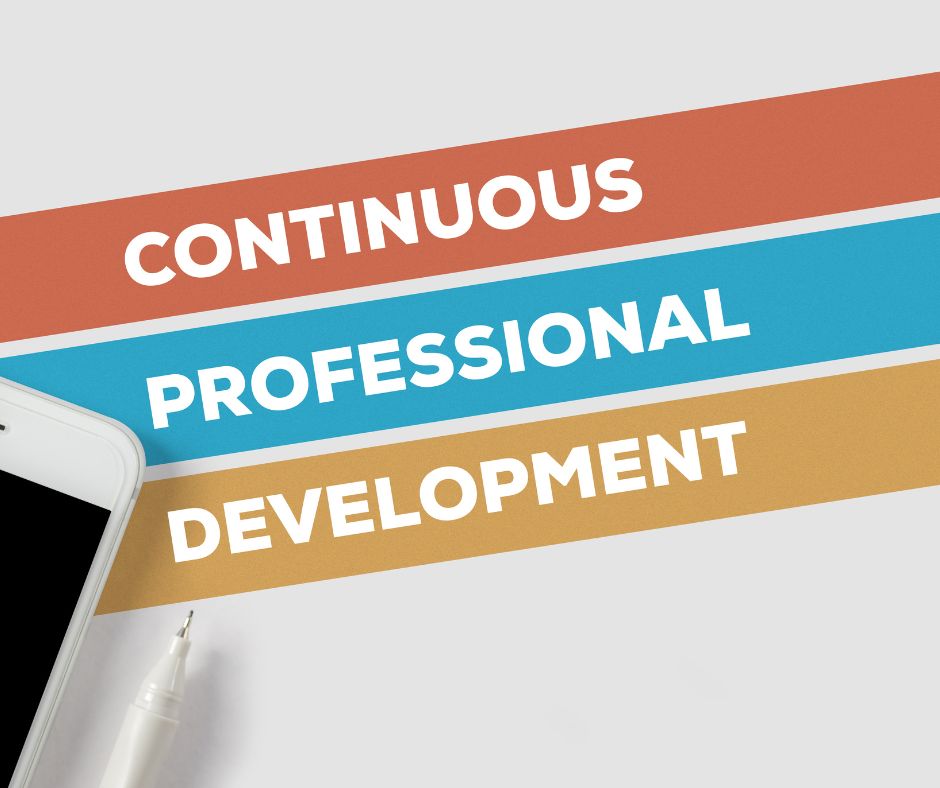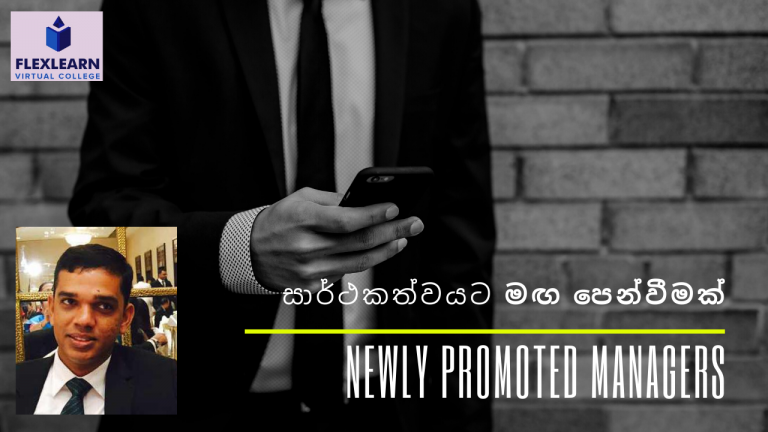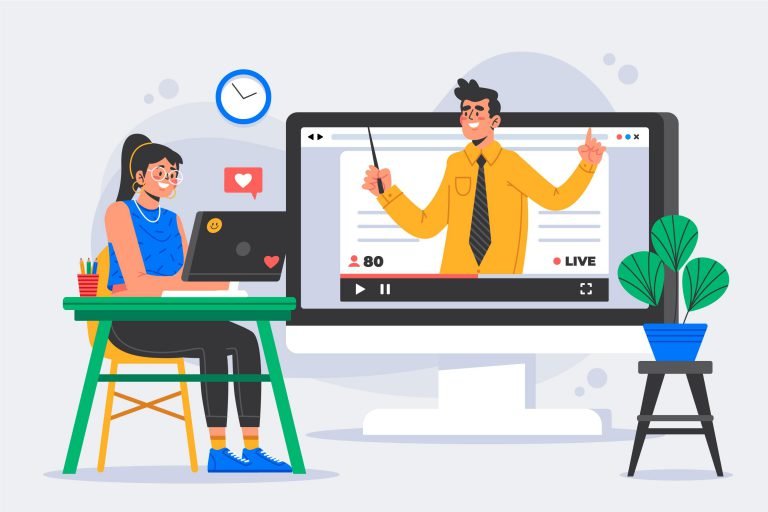Continuous Professional Development
Continuous Professional Development
The process of acquiring, maintaining, and recording your professional abilities is known as continuous professional development, or CPD. Formally, through classes or training, or informally, on the job or by observing others, these talents can be acquired.
In some professions, the term “continuing professional development” is used formally, and retaining membership in, registration with, or a license to practice in that field requires a particular amount of development activities to be carried out and documented each year. CPD is applied more casually in some other contexts. But anyone working in a professional role is typically expected to be dedicated to learning and developing.
The Continuing Professional Development Cycle
You can identify and address your individual development needs with the aid of CPD. The Continuous Professional Development Cycle (see image) demonstrates that, like most other learning, professional development is best viewed as a cyclical set of actions. The steps in the process are: determining your development requirements; organizing and executing your learning activities; reflecting on your learning; and then putting what you’ve learned to use and sharing it with others.
The fact that CPD is personal might be its most significant feature. Each person is supposed to determine their own needs, plan their own education, and pick up knowledge on their own. Being a professional involves accepting responsibility for your own abilities and identifying when they require development.
1. Deciding on Your Needs
There are numerous methods for determining development needs. You could, for instance, conduct a skills audit. It’s possible that coworkers or your line manager will comment on a weakness you have. As an alternative, you might be interested in learning more about a specific subject. Our website on Identifying Areas for Development may be of use to you. Planning your actions is necessary after determining your primary development areas.
2. Creating and Executing Developmental Activities
Development activities might be formal, like training programs or specific credentials. These are frequently offered by an outside supplier, though not necessarily, and may be expensive. You may need to think about self-funding or other options, including online resources that are less expensive or even free, as your employer may have a cap on how much they are willing to pay.
informal education, such as learning by doing, watching videos (for instance, to instruct doctors in specific surgical methods), shadowing, mentoring, coaching, or reading about the subject.
A rising number of people are realizing how important and potentially expensive ongoing education is. Professionals are using the internet, particularly in underdeveloped nations, to provide educational materials for free or at very minimal cost. You could discover that using your imagination to locate growth activities pays off.
3. Understanding Your Learning
A crucial component of continued professional growth is reflection on the lessons you have learnt. You might discover that you are learning at least as much from your daily activities as from the things that you have labeled as “development” because learning does not solely come from those activities.
You should keep a record of all development-related activities, whether formal or informal, including what you learnt and what you found useful or not useful. Make sure you understand how each situation will affect how you behave going forward (how you apply your learning). If you want to establish healthy habits in this area, you might find our page on reflective practice to be helpful.
4. Utilizing Your Knowledge
Attending training sessions or watching videos is just the beginning. The next step is to apply what you have learned to your current position. This process can be extremely awkward, especially at initially. According to the competency theory of learning, learning occurs in four stages:
- unconscious ineptitude, or failing to recognize our ignorance;
- Knowing where we need to grow and observing others accomplish it, yet nevertheless unable to execute it with any expertise; Conscious incompetence;
- Conscious competence is the ability to perform tasks pretty well when we pay attention; and
- Being ability to perform a task nearly naturally and without having to think about it is known as unconscious competence.
More information about this cycle can be found on our coaching website. Depending on how much practice you have had, you will likely fall somewhere between conscious incompetence and conscious competency after some training or other development activity. Therefore, in order to progress to a stage of unconscious competency, you need to invest time implementing your learning and practicing.
5. Educating Others About What You Learn
The ability to educate others is a fifth step that some observers add to the competence cycle. It is unquestionably true that ensuring you have thoroughly internalized your learning requires being able to articulate and communicate what you have learned.
Keeping a Developmental Record

Being able to prove it is a crucial component of CPD, especially if your membership in a professional organization depends on it.
Therefore, using your learning diary as a guide, you should maintain a folder or portfolio of all your development-related activities. This is done in order to demonstrate how your knowledge and skills have advanced over time.
You should therefore:
- Keep track of your development needs and objectives, and evaluate your progress toward them on a regular basis (quarterly, six-monthly, or annual basis);
- Record any training sessions you attended along with a copy of any certifications or credentials you may have earned. Keep a log of the training’s date, provider, objectives, and your reflections on what you took away from it;
- Note any shadowing, video-assisted instruction, or other comparable activities. Record the provider, the objectives, and your reflections on what you learnt for each instance;
- Make a note of the date, the person you were with, the topic of discussion, and what you resolved to do differently as a result of any coaching or mentoring sessions;
- Make a note of the book or website you read as well as any other informal learning you do, along with what you learned and what you will do differently as a result;
- Keep track of the specifics of any key situations you were engaged in or any mistakes you made that you learnt from. Also note what you learned and what you resolved to do differently as a result.
Both a process and a cycle, continuing professional growth is continual. It’s likely that you will keep learning throughout your professional career. Therefore, it is wise to create a procedure for it early in your career that works for you.








I needed to thank you for this wonderful read!! I absolutely loved every bit of it. I have you saved as a favorite to check out new things you postÖ
Thanks for your interest.